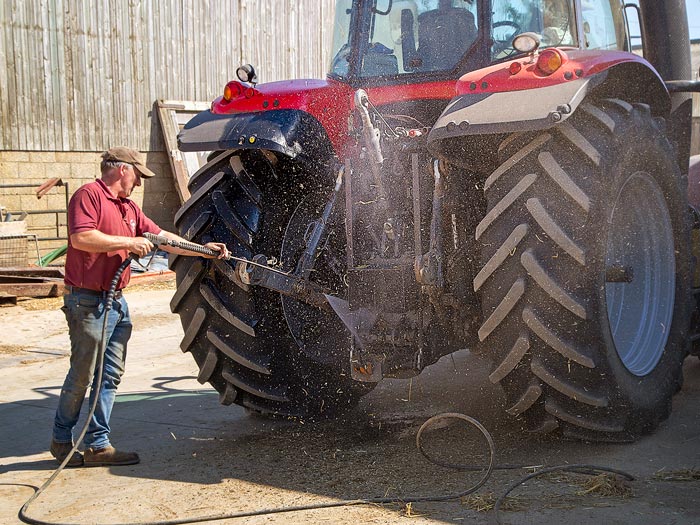Biosecurity

Biosecurity
In this module, you'll explore the types of organisms that can harm plants and animals, discover how pests and diseases are spread and how you can cultivate good biosecurity practices.

By the end of the module, you'll also know the legal obligations around reporting notifiable plant and animal pests that can impact on a wide scale.

What will I achieve?
2 CPD points

How long will it take?
60 minutes
Learning objectives
- Define biosecurity
- Name at least three groups of organisms that can be harmful to animals and/or plants
- Give three examples of how biosecurity controls benefit businesses and two examples of what might be protected by biosecurity measures
- List the main ways pests and diseases are spread
- Describe three ways keeping clean and tidy prevents the spread of diseases and pests, and list your own site’s biosecurity rules
- Explain why you should be vigilant and when you should report a risk
- Explain why some pests and diseases are notifiable and understand that reporting the presence of a notifiable pest or disease is a legal obligation
- Explain why you must keep records if you are asked to do so and give two reasons why it matters to follow biosecurity protocols
Who is this module for?
This topic applies to all people working with the land. It is relevant to livestock, arable and mixed farmers as well as those working on horticultural production sites.